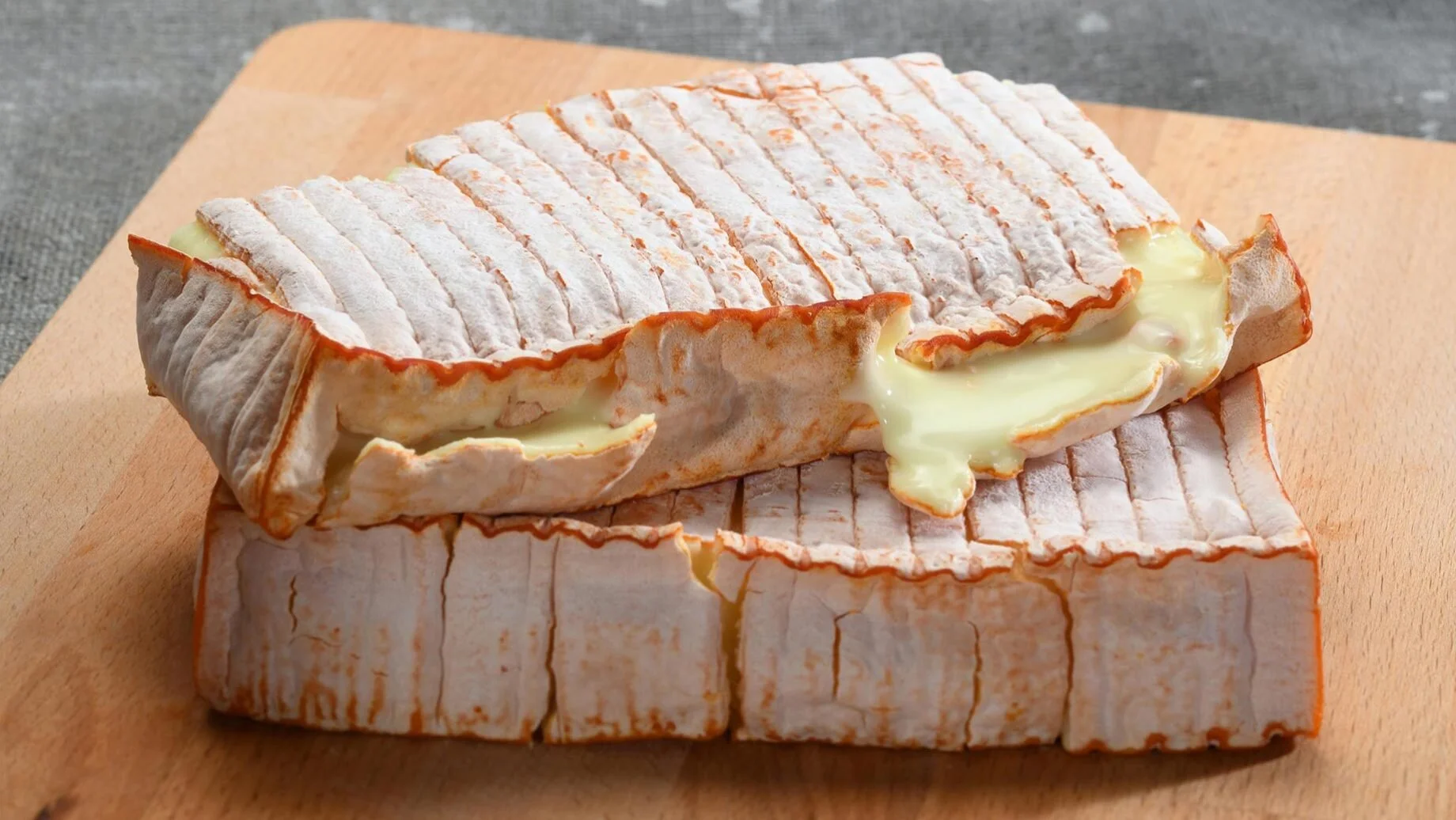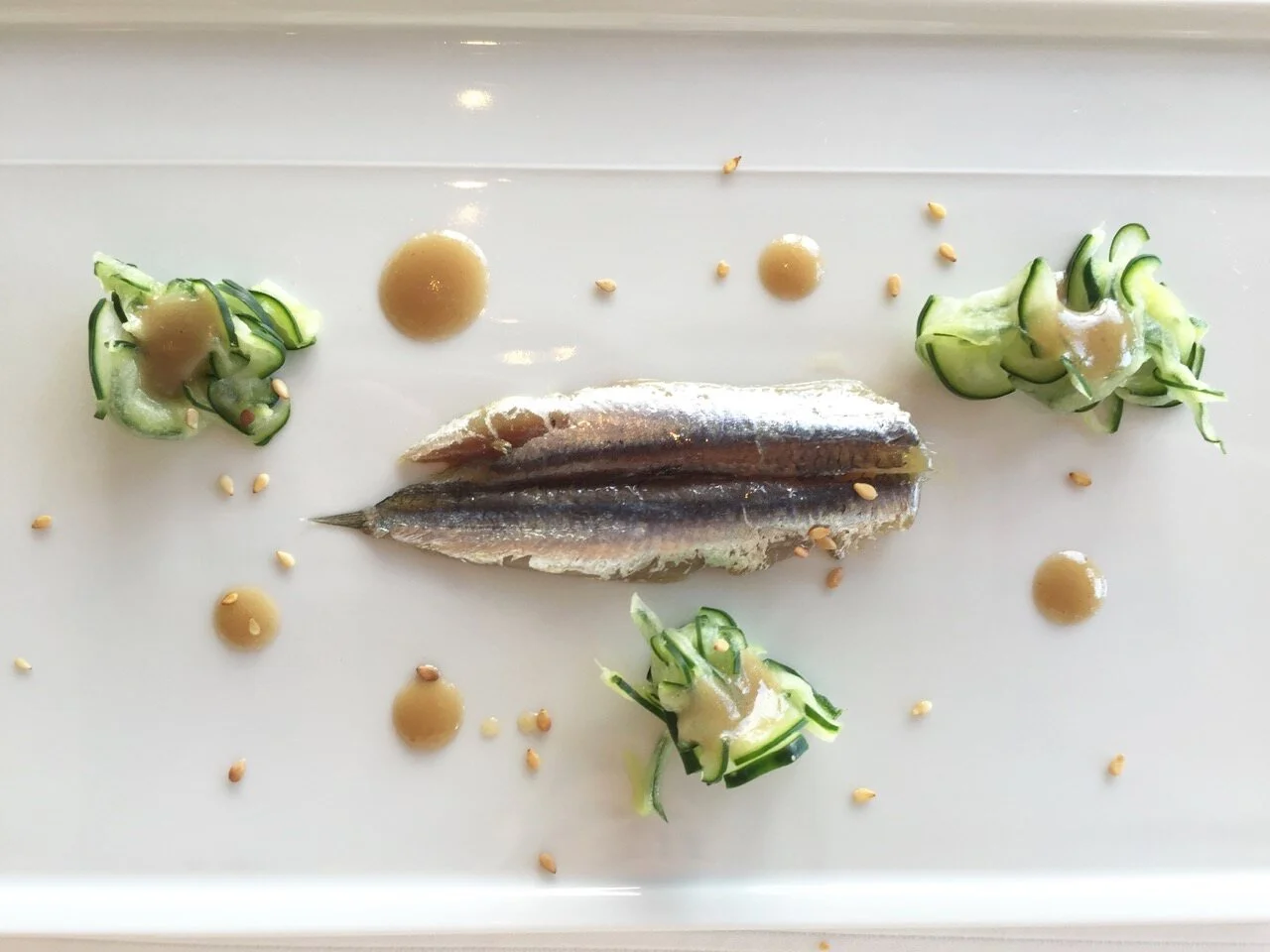Photo: Storicoribelle.com
World Cheese Encyclopaedia - Each Sunday learn all about a new cheese.
This week Bitto from Italy.
Photo: Storicoribelle.com
Country: Italy 🇮🇹
Region: Lombardy
Made from: Cow’s milk and goat’s milk
Pasteurised: No
Texture: Firm, semi-hard or hard depending on age
Taste: Fruity, buttery, sweet, delicate
Certification: DOP
Ageing: from 70 days to 18 years!
Bitto is an Italian semi-hard cheese produced in the Valtelline valley in Lombardy. It likely takes its name from the Bitto river. It is a very old cheese going back for 1000 years and with very traditional methods of production. Bitto is seasonal and is produced only in summer when the cows feed in the high alpine meadows.
Bitto is quite unique for a couple of reasons. The first one being that it can be aged up to 18 years! Normally the oldest cheeses you will find are aged 10 years.
There are now two types of Bitto cheese – Bitto DOP and Bitto Storico which since 2016 is now called Bitto Storico Ribelle. Bitto split into Bitto and Bitto Storico in 1996 when Bitto got its DOP certification.
DOP products must be made according to very precise methods and generally, each cheese needs to taste the same. This is usually a good thing however, historically each Bitto cheese tasted different depending on the meadow the cheese maker’s flock had been grazing in, and what the flock had eaten. The DOP status meant that cow feed and other additives could be included so that each wheel of Bitto DOP would taste the same. There was even a court battle over the question of maintaining the purity of the traditional methods. Eventually, Bitto did become a DOP cheese but at the same time, Bitto Storico was created.
Photo: CC By Fabio
To officially be called a Bitto Storico the cheesemakers are not allowed to use any additives, bacteria or feed the cows anything special. Bitto Storico is only produced today by 12 cheesemakers who are preserving the ancient and traditional methods of production. In order to taste it, you will probably have to go to the small town of Gerola Alta high in the Bergamo Alps where it is produced.
Bitto DOP is also made according to very strict and traditional methods but goat’s milk is not required and fodder is allowed to be included in the feed. The cheese is normally made up of cows milk and between 10-20% of goat’s milk. The more goats milk used when making the cheese, the longer the cheese is able to be aged. Each wheel of Bitto has the date it was produced stamped in the side as well as the name of the meadow it came from.
The cow’s milk has to come from traditional cattle breeds and be pasture-grazed. The raw goat’s milk must also be from free-range pasture-grazed animals. Both types of milk must be processed within an hour of milking. The cows and goats are milked onsite and the fresh milk is put in traditional copper cauldrons and heated over a wood fire. Bitto DOP can only be produced in the summer months between June 1st to September 30th. It must be aged for a minimum of 70 days.
Photo: dopitalianfood.com
Ten-year aged Bitto Storico is the oldest cheese that you will generally be able to buy in Valtellina. One of the oldest wheels ever sold is said to be a 15-year-old Bitto Storico that sold for about $6,400 in China.
Bitto PDO has a yellow straw-coloured rind and a firm paste that ranges from white to pale yellow in colour, depending on the age. There are some eyes in the paste, about the size of corn kernels. The taste is sweet and delicate with a hint of flowers and grass. As it ages, Bitto PDO ‘s flavour becomes richer and the taste becomes stronger. It also has hints of butter, hay and fruit.
History
Photo: drinksco.fr
The first written evidence about the production of Bitto cheese dates back to about the 1600s. According to historians, rearing livestock in the Alpine valleys of the region was started by the Celts. The term “bitto” comes from the Celtic word “bitu”, which means “everlasting” and while Bitto cheese doesn’t last forever, the name may refer to the fact that it can be aged up to 18 years. Bitto’s success is likely partly a result of the fact that it can be aged so long which would let it be able to be a part of long journeys on carriages or by boat. The most important city for selling Bitto cheese was historically Morbegno, and since the beginning of the XIX century, the city has hosted an annual fair in honour of the cheese.
How to enjoy it
Wheels of Bitto Storico are considered to be very special and they are often given as wedding presents with unique designs on the exterior of the cheese. Private owners usually wait 5 years to eat a Bitto Storico whereas restaurants will wait until the cheese is aged a full 10 years.
Bitto cheese is best eaten at room temperature and is absolutely delicious on its own served with fruits or sprinkled with a little balsamic vinegar. Although it is delicious on its own, it can and is often used as an ingredient in traditional dishes of the Valtelline valley. It can also be used as a quality ingredient in numerous traditional dishes from the region. It is the main ingredient for pizzoccheri , sciatt (little pancakes made with some grappa and filled with cheese) and taragna polenta, a variety of polenta made with buckwheat, as well as completing dishes such as risotto, baked pasta and fondue. When it is mature it can be used for grating over dishes as well.
Bitto PDO pairs well with local wines such as Valtellina Superiore PDO, Inferno or a dry red Nebbiolo wine such as Sfursat.
Sources: Wikipedia, weareitaly.net, Fine Dining Lovers, dopitalianfood.com, luxeadventuretraveler.com, storicoribelle.com
Follow True Foodies
Have you always dreamed of becoming a better cook? Now you can with our online video cooking classes
































